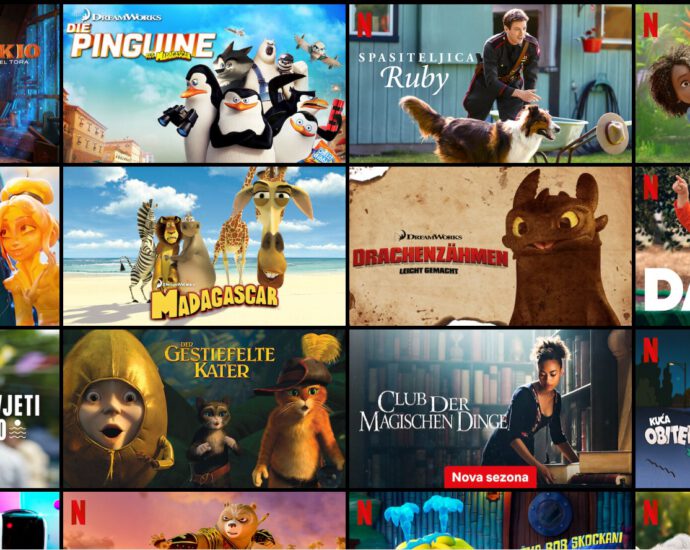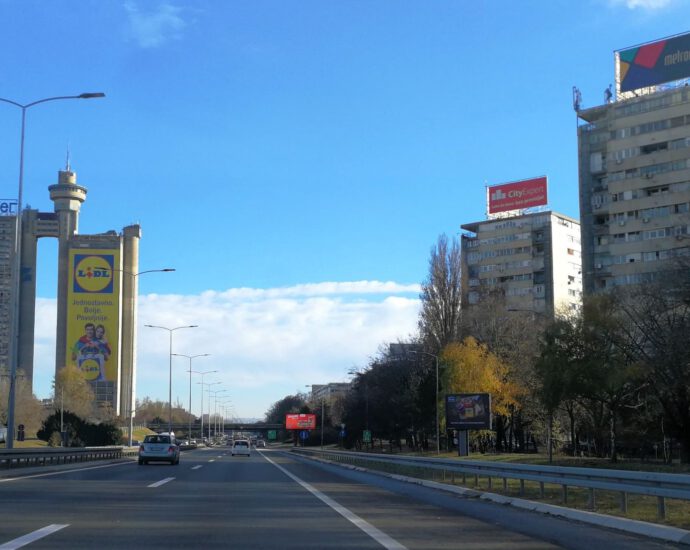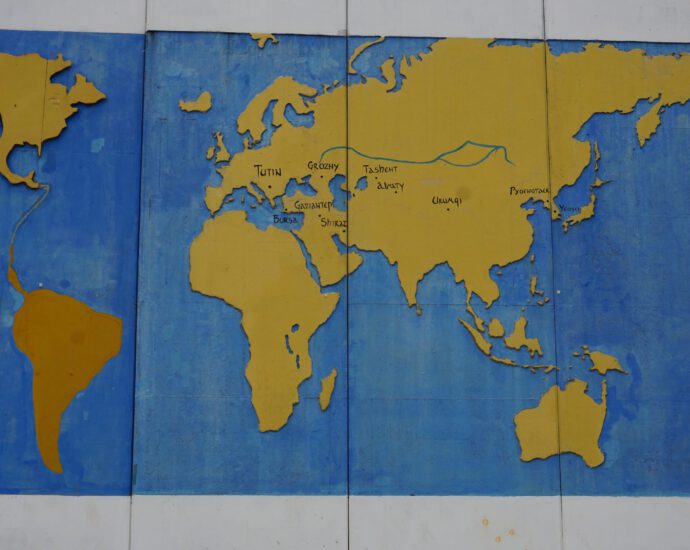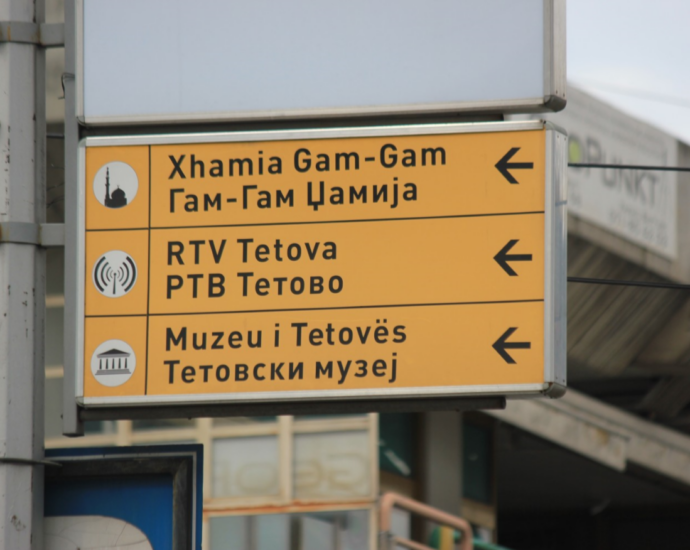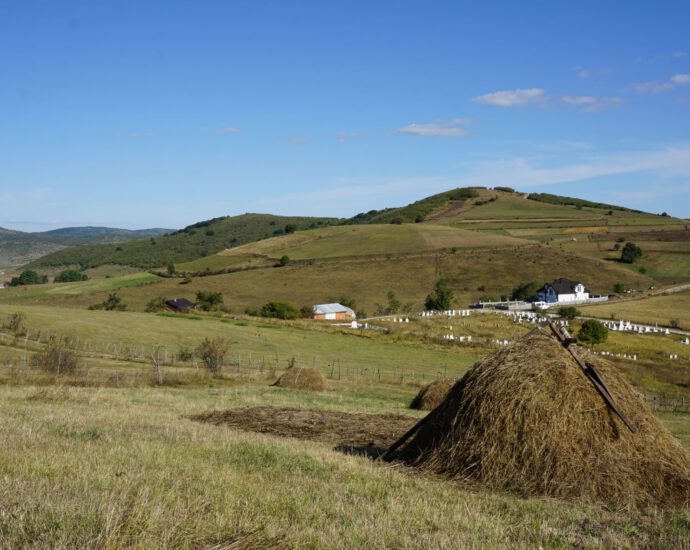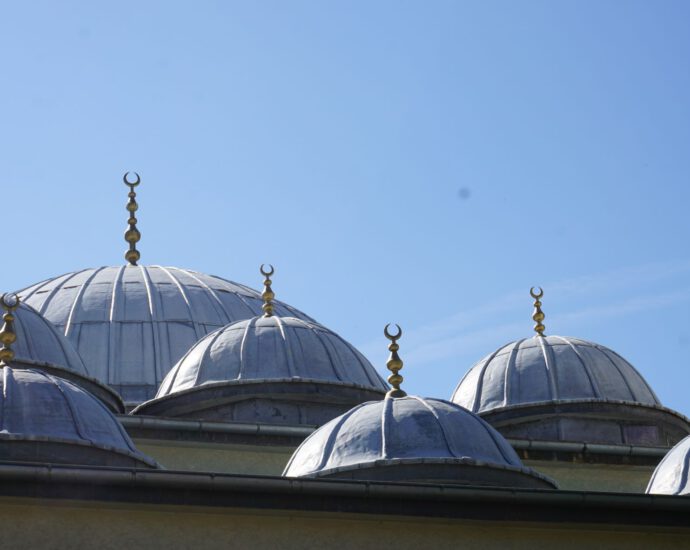Erkunden
Durchstöbern Sie den Balkan in all seiner Vielfalt: Kunst, Geschichte, Musik, Politik, Demographie, Film und Natur in leicht zugänglichen Überblicksdarstellungen
Kennenlernen
Lesen Sie Exkursionserfahrungen, Forschungsberichte, Essays und andere Beschreibungen, die Sie etwas näher an den Balkan heranbringen.
Lernen
Nutzen Sie Lerneinheiten, um Grundlagen der sprach- und kulturwissenschaftlichen Analysen zu lernen, Geschichte, Sprachen und Kulturen des Balkans kennenzulernen.
Verstehen
Lesen Sie populärwissenschaftliche Zusammenfassungen neuester wissenschaftlicher Analysen, Buchrezensionen oder Tagungsbeiträge.
Schön, dass Sie da sind!
Humboldt Balkan Cosmos ist ein Projekt des Fachbereichs Südslawische Sprach- und Kulturwissenschaft der Humboldt-Universität zu Berlin. Wir möchten Ihnen den Balkan in all seiner Vielfalt näherbringen und Sie an unseren Forschungsergebnissen teilhaben lassen.
The historical structure of the city of Tirana – notes from the fieldwork
Text: Agata Rogos Architecture never creates a neutral and harmless unity, but rather, produces an integral structure of political symbols, which were used in Albania as mechanisms for the de-Ottomanization of urban space, which in turn, were focused on the process of state-building and symbolic space. In the time of
Outdoor partisan Albania environmental museum – researching border monuments
Text: Agata Rogos “Wherever you cast your glance in Albania you see a stone, marble, bronze landscape. It is the new landscape of the homeland that has a glorious history, which counts hundreds and thousands of exploit feats for freedom, for the people’s power, for their defence. In this landscape
Research on war monuments in Kosovo
I visited Mitrovica (north part of Kosovo, border with Serbia) relatively late – in 2017, five years after my first study visit to Kosovo. The fieldwork started with a contact with the Museum of Mitrovica located on the South part of the city. My main interest primarily was connected with
Besuch der Jüdischen Gemeinde in Sarajevo
Die jüdische Gemeinde hat eine lange Tradition, die bis in die Mitte des 16. Jahrhunderts zurückreicht, als die ersten sephardischen Juden nach Sarajevo kamen. Die damalige jüdische Bevölkerung von Sarajevo sprach Judäo-Spanisch.
Bohoreta Frauenclub
Bohoreta Women’s Club Der Bohoreta-Klub wurde als Frauensektion 1965 gegründet, die Gemeinde selbst sofort nach der Rückkehr der Juden nach Sarajevo mit Unterstützung des JOINT. Da es viele gemischte Familien gibt, sind keine Traditionen vorhanden, diese wurden unterbrochen, Feiertage wurden nicht gehalten oder nur in der Familie weitergegeben. Die Vorsitzende
Besuch im Historischen Archiv Sarajevo (HAS)
Besuch im Historischen Archiv Sarajevo (HAS) Text: Goranka Ćejvanović / Photographien: Aleksandar Jakir, Goranka Ćejvanović Zur Gründung und Tätigkeiten der Archive in Bosnien und Herzegowina (BuH) Die ersten offiziellen und gesetzlich verankerten archivarischen Aktivitäten in Bosnien und Herzegowina beginnen Ende 1947 mit der Gründung des Staatsarchivs Bosnien und Herzegowinas. Danach
Dulcinea of Ulcinj: The hometown of Don Quixote’s Love
After being captured at the battle of Lepanto in 1571 and taken as a slave to Ulcinj by infamous local pirates, Miguel de Cervantes served there for several years before being taken to Algeria and eventually returning to Spain after five years of captivity.
Die Linguistic Landscape Ulcinjs
Ulcinj ist eine Stadt in Montenegro, die besonders für ihre sprachliche Vielfalt und die friedliche Koexistenz mehrerer ethnischer Gruppen bekannt ist. In der Gesamtbevölkerung von 19.921 der Gemeinde Ulcinj bilden die Albaner mit 70.66% die Mehrheit.
The (hidden) face of Macedonia
How does Macedonia want to introduce itself to their visitors? What does the Southeast European country want them to show and to hide? A personal account of my journey(s) around Macedonia
The inevitability of nationalism – The case of the Bektashi
Nationalism is a fickle concept, defined so many times in so many way, yet its true potential still escapes us. When one thinks of nationalism, the minds eyes conjures up images of flag waving young men, eager to seek glory in battle (or on the football stadium) for their nation. However, its manifestations are far subtler and much more widespread than what is commonly believed.
The (post)Yugoslav legacy and everyday life in Macedonia and Albania
The Balkans is usually represented as being in-between, one has just to pick a certain end point or two coordinates, and will usually get a perspective that speaks about continuous and seemingly unending travelling. This voyage is different for its states, countries, and societies.
State Identities and Architecture in Albania and Macedonia: Ontological Security Perspective
This outline aims to investigated whether the ontological security theory could be used to explain the linkage between certain public architecture policies and practices in Macedonia and Albania and (foreign policy) identities of these states.
52 Beiträge | 41 AutorInnen | 1 Karte | 1 Video
BUILT WITH PASSION!
Cras non dolor. Sed mollis, eros et ultrices tempus, mauris ipsum a dolor sagittis lacus. Etiam iaculis nuncfringilla vel Cras non dolor. Sed mollis, eros et ultrices tempus, mauris ipsum a dolor sagittis lacus. Etiam iaculis nuncfringilla vel

